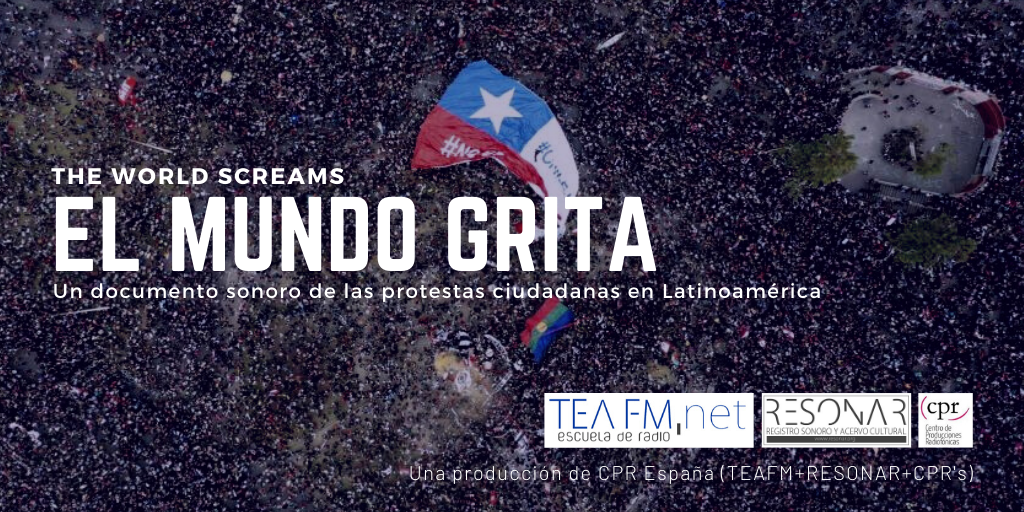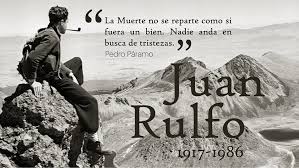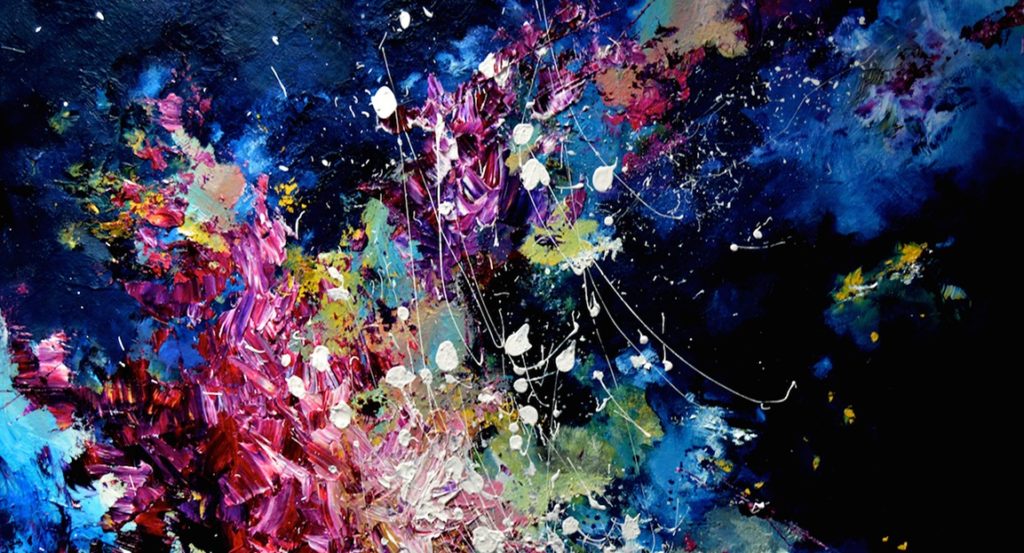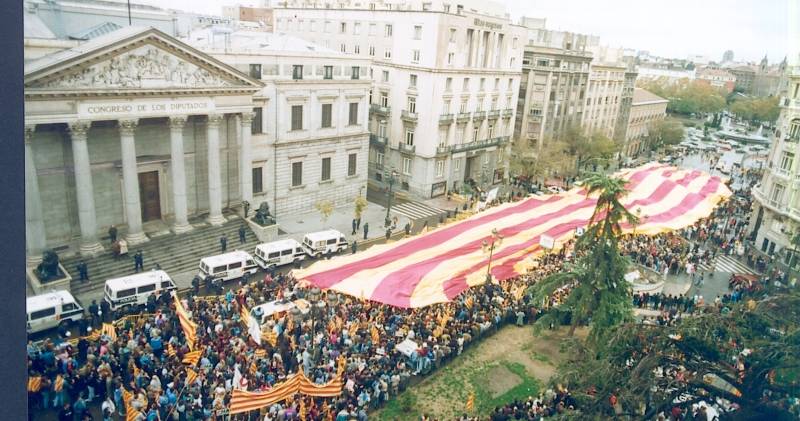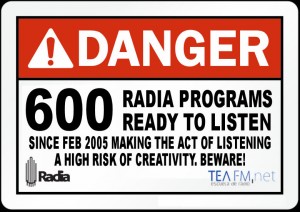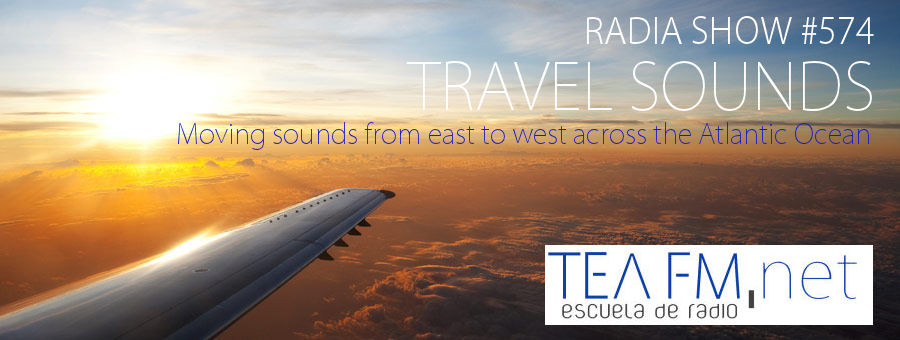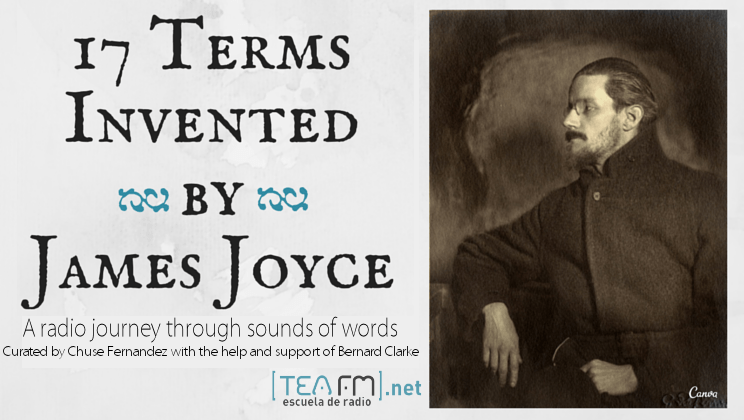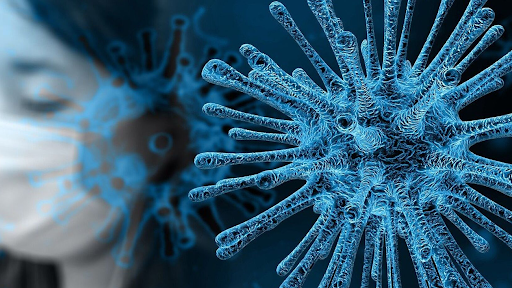
Accelerated by a virus, we have suddenly found ourselves in a possible future. The existen-tial threat appears as if through a magnifying glass, allowing us to perceive the state of the world with increased clarity. With astonishment, we have seen political taboos and unques-tioned assumptions falling by the wayside, allowing our institutions to take action. All of a sudden, the tried and tested arguments of interest-driven politics – economic constraints, technological barriers, unchanging behavioural patterns, individual responsibility – no long-er seem to be guiding the decision-making. Behind this is a growing awareness that the cur-rent socio-political range of actions will be insufficient to cope with future crises, which are just as threatening, but of a completely different nature.
While the world is under pressure to emerge from the coronavirus crisis as intact as possi-ble, the virus has catapulted us to a crossroads. Can we rise to the challenge of the corona-virus phenomenon with answers from yesterday? Or will we look for the answers of tomor-row which also fulfil the various challenges surrounding sustainable development?
The virus has made it clear: the future is now
Dr. Sabin Bieri, Prof. Dr. Thomas Breu, Dr. Andreas Heinimann and Prof. Dr. Peter Messerli

